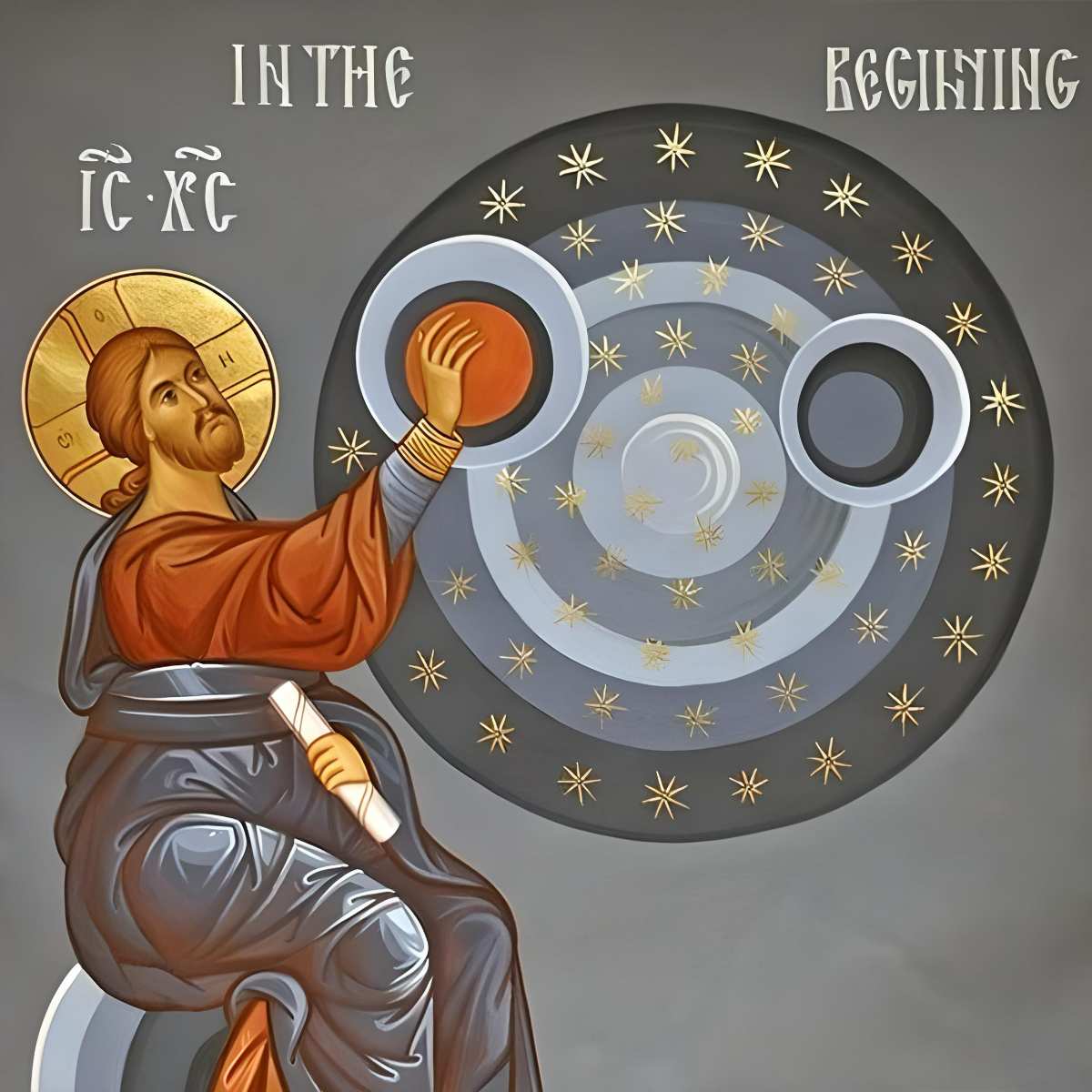UTC has been kept in step with Earth’s rotation thanks to the use of leap seconds. However, this will no longer be the case, since it has been agreed by the General Conference on Weights and Measures (CGPM) that no further leap seconds will be added after 2035. Although this is done to prevent glitches and anomalies during the transition to digital systems, it may result in a discrepancy of around one minute between global time and Earth’s rotation by that time.
In use since 1972
The rate of our time is determined by the Earth’s rotation; thus, a day consists of 86,400 seconds (in theory). The actual rate of Earth’s rotation, however, varies. The Moon, in particular, has a long-term retarding impact in addition to the seasonal, seismic, and climatic factors already mentioned. Its gravitational pull causes an increase in day length of roughly 1.78 milliseconds each century. In contrast to this pattern, by 2020, Earth’s rotation has sped up considerably.
Since its inception in 1972, UTC has added a total of 27 leap seconds.
Since 1972, leap seconds have been used to maintain official Universal Time (UTC) in sync with the Earth’s rotation: if the divergence is 0.9 seconds or more, an additional second is added before midnight on New Year’s Eve or in the middle of the year. Thus, the last minute of the outgoing year has 61 seconds. 2016’s New Year’s Eve was the last time something like this occurred.
Inconsistent and perhaps risky
The issue, however, is that introducing a leap second is not trivial for many digital systems that rely on atomic clocks. Just before the changeover, the clocks can be adjusted to halt the seconds for a second, add an extra second (for a total of 61 seconds), or slow down the fundamental clock pace. This has been dealt with in many ways up until now, depending on the nation, the firm, or the organization. For instance, Google progressively reduce the additional second in the 24 hours before the changeover.
Therefore, the leap second might cause temporary discrepancies among the different time standards. Such little delays, even if measured in microseconds, may have major repercussions in the digital and financial sectors. The Global Positioning System (GPS) system does not account for leap seconds, although the Russian GLONASS system does.
Prior to this point, leap seconds were used to synchronize global clocks with Earth’s rotation.
Also, in 2020, the Earth briefly sped up its spin, which might theoretically lead to a negative leap second. This is the first time in history that global time has been shortened by a single second. Therefore, it is not apparent whether this is even theoretically possible.
100 years pause for leap seconds
These considerations led to the CGPM’s recent decision to alter the leap second system. It has been debated for a long time how much time should be added or subtracted from universal time to account for Earth’s rotation. This is due to the fact that essential digital infrastructure is always susceptible to major breakdowns. That’s why the organization went ahead and increased the allowable variance.
For example, after 2035, no further leap seconds will be added for at least the next 100 years. World time and the Earth’s rotation may diverge by up to one minute during this period. However, in normal life and for most time-sensitive applications, this wouldn’t make a difference since the time zones and the system of summer and winter time entail significantly bigger variations anyway.
The rotation of the Earth is the standard by which we measure global time.
It’s unclear how this will be implemented at this time
Global organizations are also tasked with settling on a threshold for tolerable variation by 2035. This largely includes the International Telecommunication Union (ITU), a United Nations institution responsible for regulating the technical elements of telecommunications, in addition to the General Conference on Weights and Measures (GCWM). As such, this group would be tasked with making the halt for the leap second and any potential new rule a reality.
It was still not a unanimous decision at CGPM. As a result of the necessity for more time to implement the technological changes, Russia chose to postpone the leap second until 2040. But the decision made during the General Conference is still in effect for the time being. It remains to be seen whether and when it will be put into operation and if other nations will thereafter follow suit.






